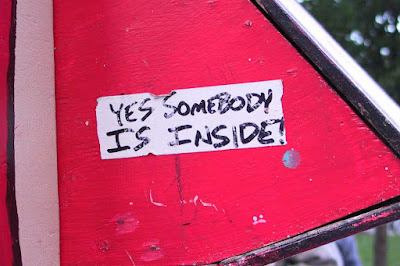Frontiers (2022)
This album is a mix of old and new material, some going back to the early aughts. It's my "Chicago" album, comprised of styles that I've been influenced by since the 1970s (Roxy Music, Steely Dan, XTC...) It's all stripped down and sometimes straight-up R&B, using basses and organs and very little synth. There were several bands that I was listening to in the 1980s and 1990s that influenced me as well and it's in this album. Some pieces were actually recorded as videos: Mystery Rumi and Esperanti, two guitar videos that I did on my YouTube channel. I wasn't recording them as songs per se--they were song ideas that I thought I would do as a video and so I used those tracks as is I mastered the album, sweetening them them up, but they're just audio from the video. I didn't want to redo them because I felt that if I redid them, something would get lost. I've tried it several times where I wanted to recreate songs from scratch and it didn't work because the original essences aren't there and I just decided to leave them as as they were recorded originally as video. It's an interesting idea to me that there's a subtle influence that video can have on audio. I am still determining what that is exactly, but take for example The Beatles' Let It Be, which was 30 days of filming the creative process. That was kind of my idea about the videos.
The original title was Central Coast because Lake Michigan is a "coast", but it would be confused with the Central Coast of California. "Frontiers" is a gospel track on the album and I just decided to use it for the title. The band Journey did an album Frontiers but I don't care if it's common.
The album is fairly long at about an hour. The track sequencing took several weeks because I would run all the mixes together and run them in the background to spot where I wanted to make changes--and there were always changes to be made so I had to re-track in some cases, remix and remaster--rinse and repeat. But I think the sequence works quite well. On the final track, I used a field recording taken at a parade in Chicago with my binaural mics. I thought that would be an interesting bit to put at the end of it using field audio from Chicago.
The cover took a long time as well. While mastering and listening to the track sequences, I would look at the images. Certain things didn't work but one of them did for all of the songs. It's a slow shutter shot of a merry-go-round taken at a summer fair in 2019. It's a cliche image but I thought that it fit. There are a lot of things on here that are sort of cliche and I'm aware of that but it's something that seemed sincere to me at the time. It has a certain personal psychogeography to it. It's not exactly what Chicago sounds like. It's my interpretation of what Chicago sounds like based on the music that I've been making over the past 30 years living here. It's a a sonic self-portrait.
4/30/2022
***
[View the Alternate Album Covers]
One that I liked but didn't make the cut because it didn't fit with all the songs on the album. It is a naturally-glitched screenshot from Google Maps:
***
Song Info
1. Baby Blue '72 442
2. James
3. Necatha Woods
4. Blue Sunset
5. Swipe Out
6. Weegee
7. Younger You Become
8. Pink Mink
9. Building A Life
10. Kharita
11. 1966
12. Esperanti
13. Love Loves to Love Love
14. Lucky You're Lucky
15. Mystery Rumi
16. Sign From God
17. Frontiers
18. Ranchero
19. Whistling Past the Graveyard
20. Just A Minute
21. He Got Celebrated
22. The Road
23. Paper Trampoline
24.
Meditation, Coffee and Cigarettes
***
The Timeline of Musical Influences
In 2008 I made an infographic of my myriad musical influences applying a paleolithic time scale and metaphor to the periods of my own musical life. (This album uses many of them)
The y-axis represents a time scale of 50-years, divided into a strata of bedrock, sea, land and sky and space. The Beatles go deep into bedrock and into space, as they still influence me at different levels. Artists that I listened to for a brief time and no longer an influence and are 'nailed' into the bedrock, represented by a black triangle. Yellow triangles represent artists that continue to influence me.
The length of the vertical lines represent total years, and opacity the intensity of the influence.
The letters in circles below each artist indicate genre.

.jpg)







Comments
Post a Comment